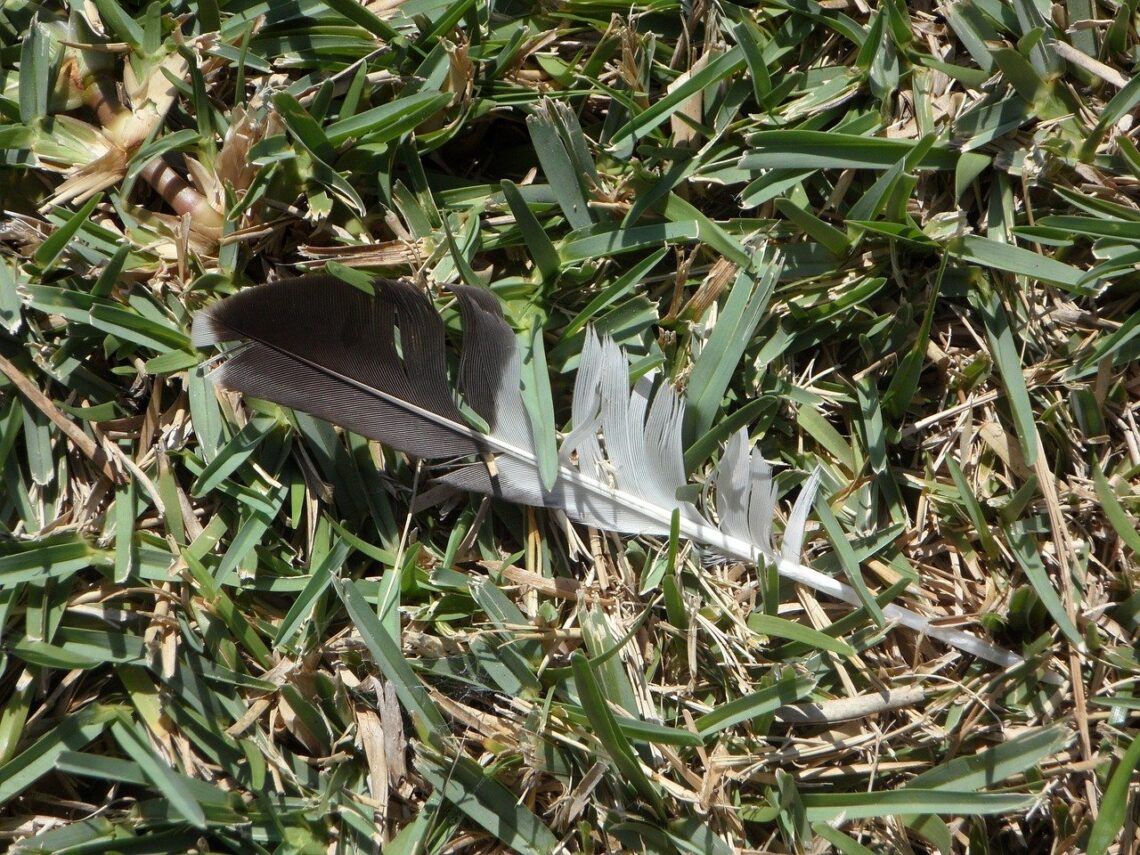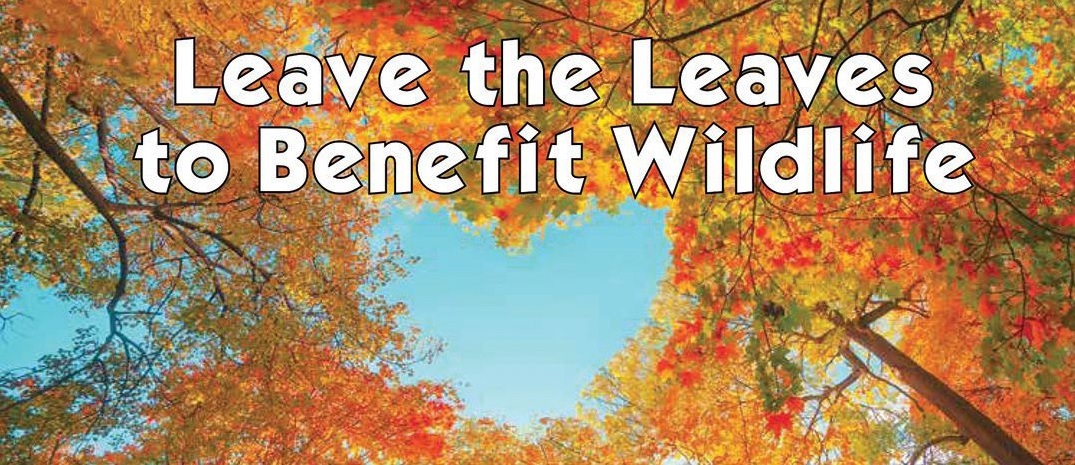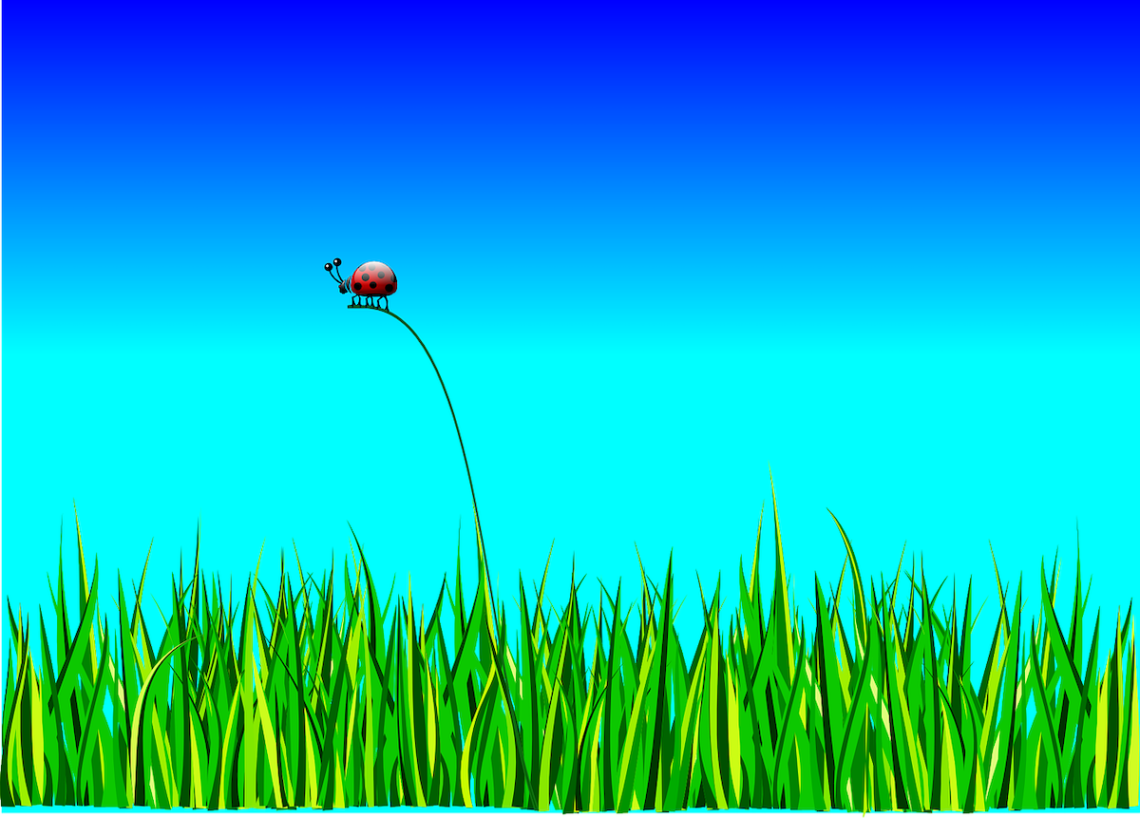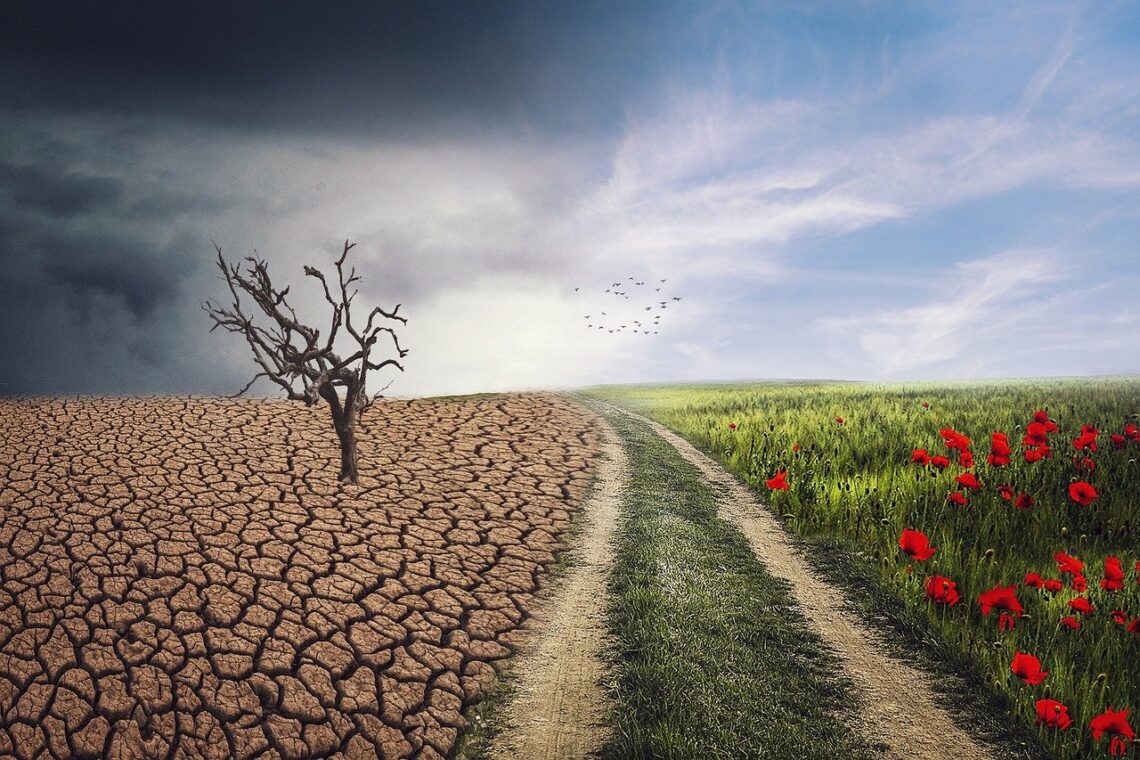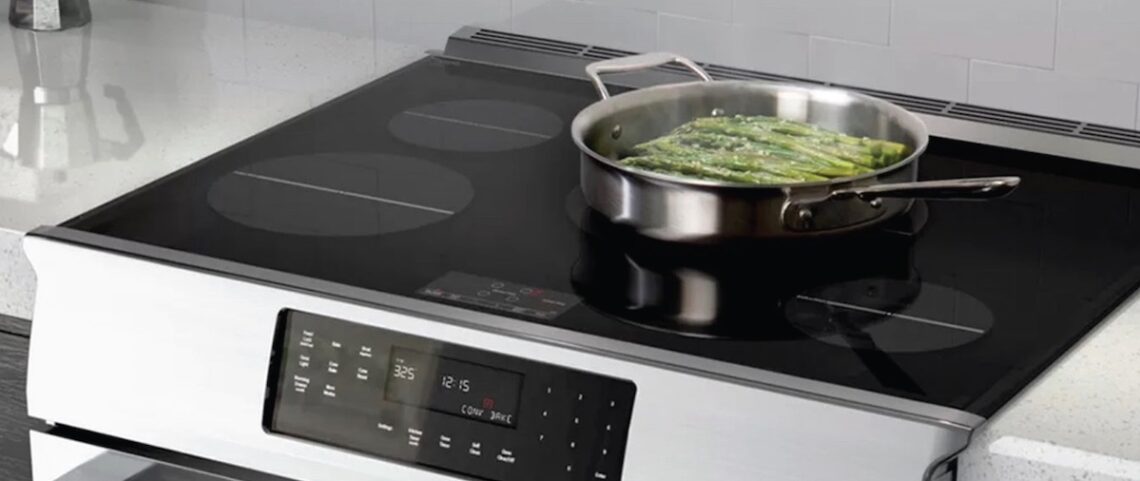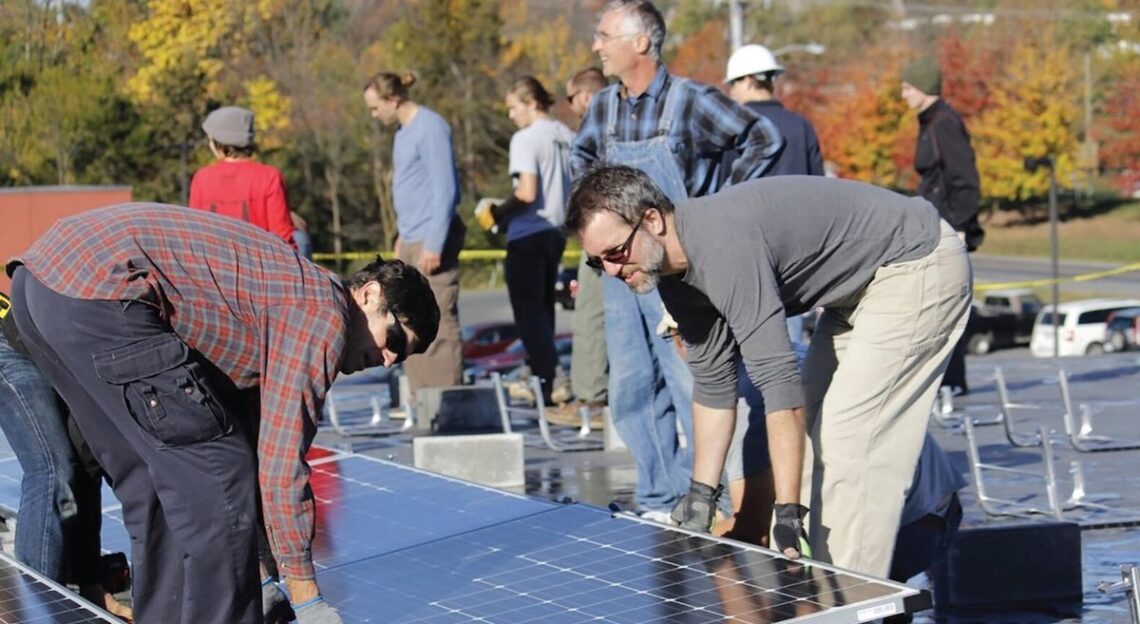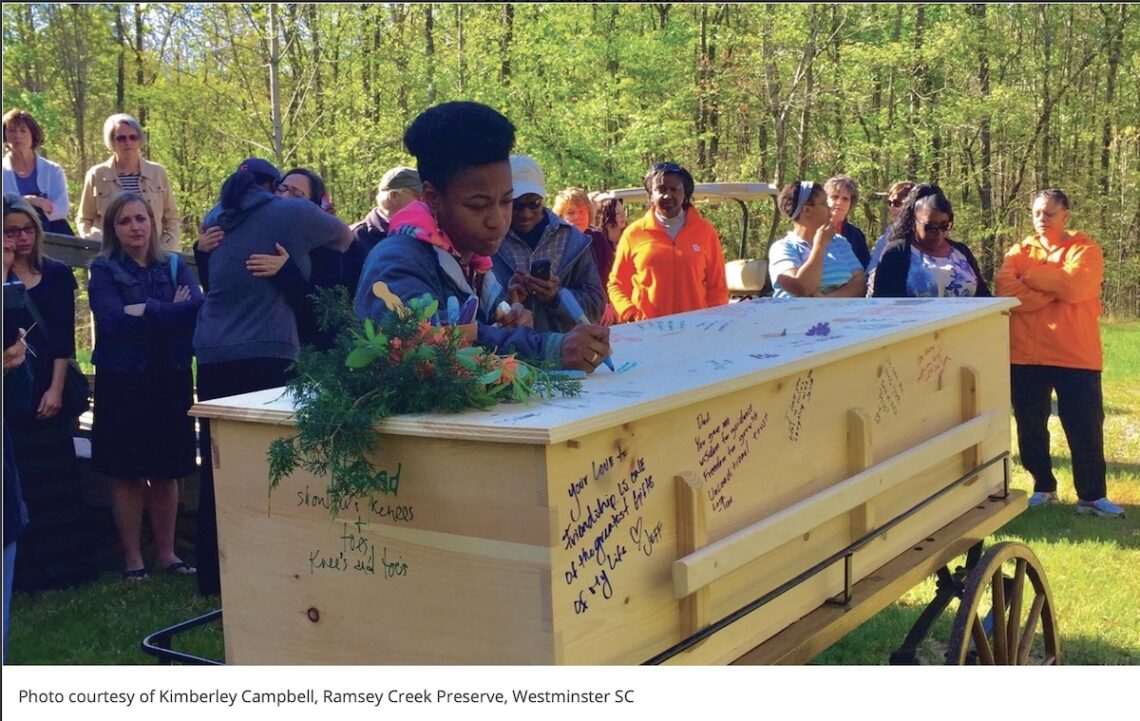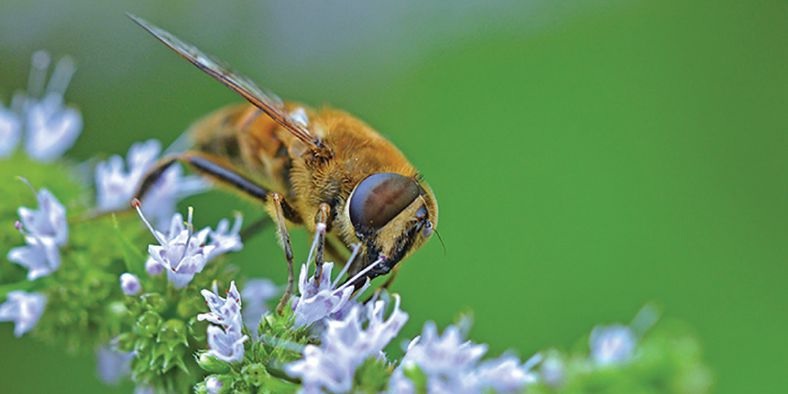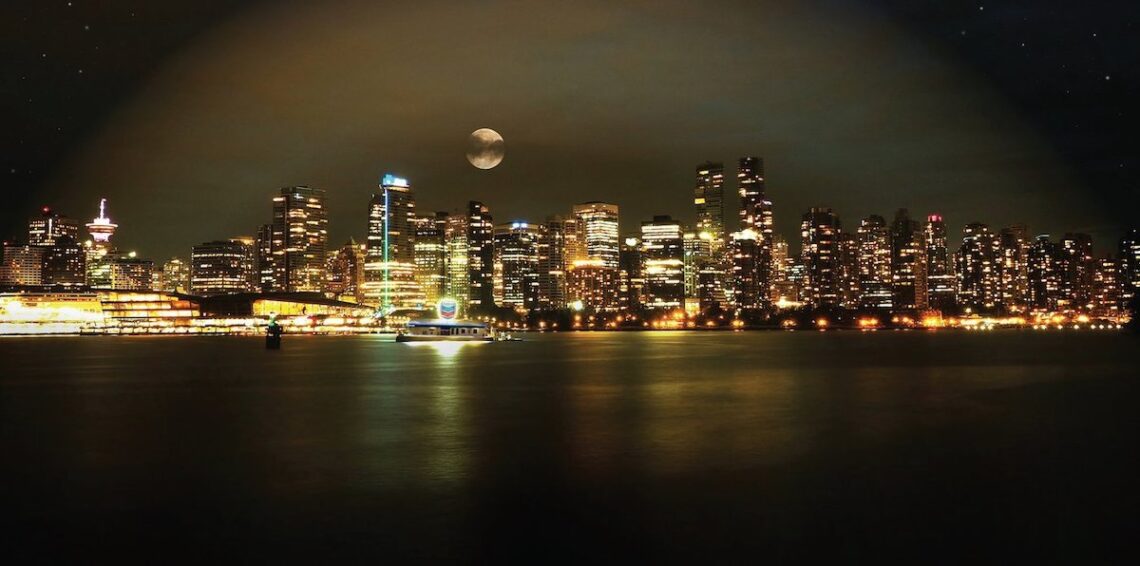Study Shows North American Bird Population Has Fallen by Nearly One-Third in Less Than 50 Years “Protecting the natural world is essential to saving birds and humans alike” Study Shows North American Bird Population Has Fallen by Nearly One-Third in Less Than 50 Years North America lost 29 percent of its bird population—around three billion birds—over the last 49 years, according to a new report. “Decline of the North American avifauna,” a study released on Thursday in the journal Science, found that the continent has seen a net loss of 2.9 billion birds since 1970. “The birds are the canary in the coal mine,” The Bird Conservancy of the Rockies’…
-
-
Living Locally
(or Living la Vida Local) “Community’s not a sentiment. It has to do with necessity – with people needing each other. If you allow the larger industrial system to remove the pattern of needs that is the force holding people together, then you lose the community.” –Wendell Berry Well, this essay is different than what I had planned to write before Corona Virus became a household word and worldwide concern. What struck me is that in this time when so much has changed so rapidly, we have the opportunity to notice what we take for granted, how attached we are to certain things, and what is relatively easy to let go…
-
Leave the Leaves
It is fall again, and we have harvested all of our garden produce and are making sure our outside faucets are protected against winter’s freeze. The leaves are changing color and tumbling from the trees—and that means fall cleanup in the yard and garden. For many people fall cleanup means cutting all the seed heads and stems off the flowers and raking up all of the leaves. A tidy garden and yard are what many people strive to achieve. Everything clipped back, leaves raked and removed, messy piles of branches put in the green bin for pick up. This tidiness may look nice to us, but it is not good…
-
Picking Peas
Where Have all the Bugs Gone? Why are insects important? “When I was a kid….” No, I’m not going to say that I had to walk many miles to school in the snow. However, I will say that I remember that on summer evenings we would go for rides in the countryside, all of us in the family car, the windshield of which would be covered by smashed bugs. Loads and loads of smashed bugs. Ask any older person – they will remember that. I realized a few years ago that the bug-spattered windshields no longer happen. I will admit that it’s kind of nice not to have to soak…
-
A Word to the Wise
The recently released draft report from the Intergovernmental Panel on Climate Change (IPCC) paints a grim picture of planet Earth in the days ahead. The main point is that humans have waited so long to curb emissions that a hotter future is essentially locked in, as are more droughts, more forest fires, more crippling heat waves, more sea-level rise, and more floods. Moreover, the greenhouse gases that we have already pumped into the atmosphere will stay there a long time, inflicting misery for years to come. Continuing to pour greenhouse gasses into the atmosphere will create a domino effect of changes that will have severe consequences for humanity. The report’s…
-
Induction Stoves
Say Bye Bye to Gas in the Kitchen Induction stoves allow consumers to happily leave behind fossil fuels in the kitchen. Plus, they cook food faster than other types of stoves, adjust heat instantaneously, offer precise temperature control, and are incredibly safe (they only work when a magnetic pan is placed on top of them, so no more accidentally leaving the burner on). Best of all, they are powered by clean electricity. Like so many technologies in the electrified home of the future, induction stoves are exciting newcomers on the scene because they change the rules of the game. They eliminate one more gas industry argument for why we need…
-
“Barn Raising” Community Cuts the Cost of Solar
Since 2016, Give Solar has organized crowdfunding campaigns and five solar barn raisings which have added 291.4 kilowatts to the local grid. Taking a page from the Amish and Mennonites’ playbook, a Harrisonburg, Virginia non-profit adapted the community barn-raising tradition to the solar energy arena. On November 5, 2016, a group of volunteer members of the community came together to support the non-profit Vine and Fig by installing solar panels (63 kW) on the roof of the Gift & Thrift store. The store benefits the worldwide relief and development efforts of the Mennonite Central Committee. The success of this first solar barn-raising made it clear that this idea has wings.…
-
The Green Burial
Green burial is a way of caring for the dead with the minimal environmental impact that aids in the conservation of natural resources, reduction of carbon emissions, protection of worker health, and the restoration and/or preservation of habitat. The standard conventional funeral, complete with embalming and burial in a lawn cemetery, is fraught with health hazards. In addition, it requires the permanent installation of non-biodegradable vaults around non-biodegradable caskets. Embalmers have an eight times higher risk of contracting blood diseases such as leukemia, and three times higher risk of amyotrophic lateral sclerosis (ALS), while groundskeepers are more than twice as likely to develop Chronic Obstructive Pulmonary Disease (COPD); both are…
-
Save Our Pollinators
Convert Your Backyard to a Bee Lawn Dear EarthTalk: What is a “pollinator lawn” and how can I make one in my backyard? —Jane W., Westbrook, CT Bees and other pollinators are essential for growing a great deal of nature’s finest foods. These include coffee, chocolate, beans, many fruits including apples, avocados, blueberries, cherries, and peaches, nuts like almonds and cashews, and vegetables such as cauliflower, broccoli, and Brussel’s sprouts, just to name a few. More than 100 U.S.-grown crops rely on pollinators. Small birds and animals also depend on a variety of pollinated wild fruits and seeds to survive. Unfortunately, the populations of bees and other pollinators, including hummingbirds, butterflies,…
-
Light Pollution Affects Migratory Birds
When investigators in the UK recorded the calls of migratory thrushes at night, they found that call rates were up to five times higher over the brightest urban areas compared with darker villages. The findings, which are published in Ibis-International Journal of Avian Science, provide support to previous and ongoing research indicating that artificial light at night affects migratory birds. “We harnessed the respective strengths of citizen science, passive acoustic monitoring, and machine learning to gather evidence of the impact of artificial light at night on migratory birds,” said corresponding author Simon Gillings, Ph.D., of The British Trust for Ornithology. “Finding that even modest urban areas without high-rise buildings can influence migration…

